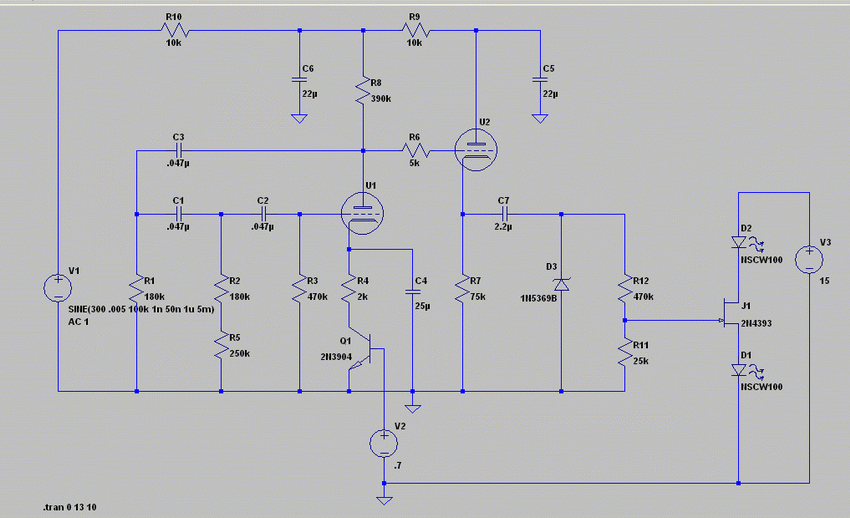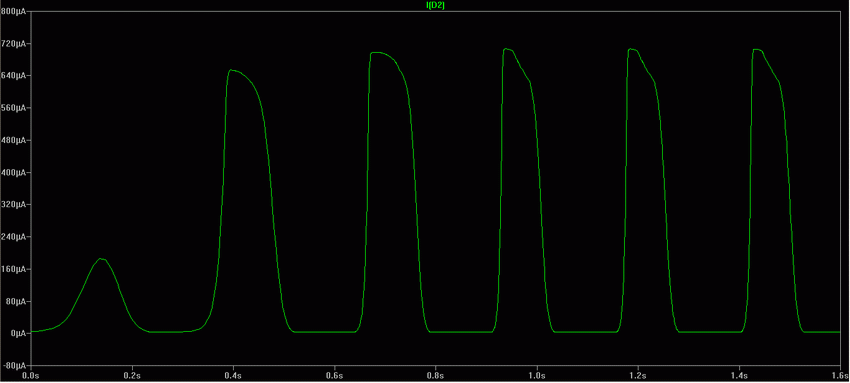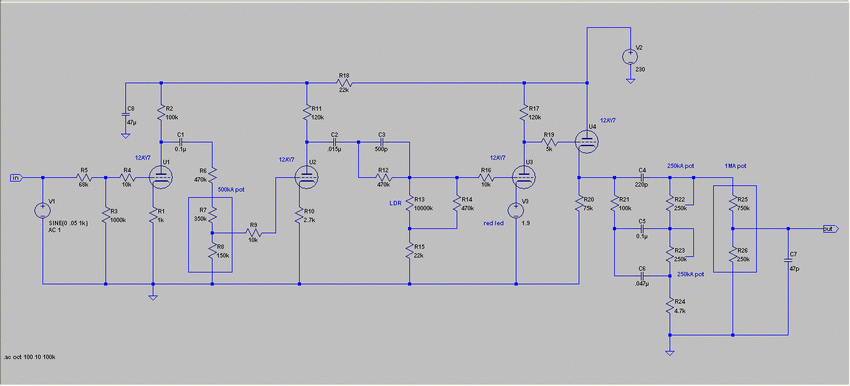 hackers, artists, engineers, crafty people… we usually think we’re pretty smart. sometimes, our work can lend some weight to that idea. i like to imagine i am. but there is a part of me that knows the truth. a quiet whisper of honest reason. of just how much i am mistaken. and also, that it is the key to whatever “success” i have had over the years and almost everything i know. i can’ t speak for anyone else, but i don’t want to listen to that voice. i want to look smart. i don’t like the idea of “can’t“. i don’t want to be publicly viewed as error prone or clumsy. but actually, it is what i really am. but it isn’t so simple to say that those qualities have nothing to do with what i can do.
hackers, artists, engineers, crafty people… we usually think we’re pretty smart. sometimes, our work can lend some weight to that idea. i like to imagine i am. but there is a part of me that knows the truth. a quiet whisper of honest reason. of just how much i am mistaken. and also, that it is the key to whatever “success” i have had over the years and almost everything i know. i can’ t speak for anyone else, but i don’t want to listen to that voice. i want to look smart. i don’t like the idea of “can’t“. i don’t want to be publicly viewed as error prone or clumsy. but actually, it is what i really am. but it isn’t so simple to say that those qualities have nothing to do with what i can do.
i am getting older now. i’m not so spry as i once was. can’t take as much physical abuse as i once could. i rely more on the head than i used to. that’s a problem. i always was a head case and had to work at getting out of it. in my case, the head is not always a friend. if i could do it all over again, i would have liked to have been a dancer or a ninja. well, an astronaut too. also a fireman. i did do the circus thing a bit and maybe i will do it a lot more…? there’s a bit left for me. but, where was i?
ah yes. sticking up for a fool.
there’s a nasruddin parable about him needing money for food and then making pots, clay pots. he has a steep learning curve, from which he basically falls off. but pots he makes, still hungry. he has to borrow a donkey to get to the market, he isn’t a rider and he’s never done any of this before… along the way, pots fall off the donkey’s back and by the time he gets to market, nothing is left and his fellow travelers look at him howling with laughter and amazement: without missing a beat, nasruddin says “what’s the matter? haven’t you ever seen a fool before?”. it’s magnificent, actually. i apologize, for this savagely reduced dick and jane. the entire tale deserves to be read in it’s complete glory. the rumi version is my favorite. my mom has told me the punch line of this story many times over the years as if i have trouble remembering it. well, i do have trouble remembering it. until i am pulling hay and cow pie outta my mouth crawling out of a ditch i missed.
for this post, i want to make a case for failure. for mistakes, and for missing the bowl. but please don’t assume a cheap flogging of thomas edison or some kind of pop spirituality… “there’s more meat on them potatoes”, as mike matthews used to say during a sales drive. that would lessen the impact of actually fucking up everything and eating a pile of stinky butt pie as a reward. i now see it for what it actually is: a kind of messy and self-deprecating, yet magnificent successive approximation. it is a digital homo sapien feedback system, using very analog bits and appendages and lots of low self esteem. the sampling rate is low… and it slows down with the complexity of the process. however, if you can remember a few things, and are paying attention, eventually you wind up someplace very different and right sized. and the story of how you got there is everything. the teeth marks and drool slicks aren’t so glamorous, i’ll give you that. but you can’t argue with results, even if you aren’t actually in the results business. that is the deep truth about myself that makes me nervous and ashamed sometimes. i wish i was. as you sometimes hear in central booking, as some particularly un-sentimental lifer gets dragged in, “now, there’s a man”.
no where is this more relevant than in the design of musical electronics. hifi is actually very simple in comparison, because the goals are relatively simple. simple can be very difficult because one is coping with fundamental issues. but with electronic sound design, musical instruments and recording processors, the “rules” are totally different. and it is a different kind of difficult. the layers of use and means are like an ecology… competing motivations and technologies vie with each other and more complex things emerge. noise is a relative term in the effects business… one person’s dissonant is another’s… you fill in the blank. at some point soon i will go into mic preamps and compressors, but today i want to show you how being really mistaken is practically mandatory.
the design of guitar amp tremolo is a fascinating study in wrong, from a hifi perspective. modulation effects in general are used primarily to create texture and a sense of space behind or rhythm in front of a more melodic figure, or both at the same time. think of heavy choppy vibe guitar in surf music, 16th note violin trills behind a trumpet fanfare, or a slow warbling drone in ambient music. most modulation effects can be separated into the following sub-categories (for you categorical folks): tremolo, vibrato, phase shifting, chorus, and wahbrato (many thanks to mr. barmentloo for the last one!). there is blending between the other modulation types, as well as mixing with completely different effects, for more startling and terrifying qualities. the means at your disposal are varied, but besides the electronic resources even mechanical techniques can be extremely intriguing
what is tremolo? tremolo is amplitude modulation of sounds over time. amplitude modulation means the volume is varied at more or less regular intervals. the rate of variation is from about 0.2 per sec, up to a teeth chattering 20. another quality is depth, which means the intensity of the effect. if you know this then you will understand completely how this is accomplished by electronic means? in the history of guitar trem, typically two techniques are most commonly used. for pedals, the vocabulary is somewhat increased. basically, some sort of electronic switch (an LDR or tube/FET/BJT) is used to short out or attenuate the signal somewhere in the preamp, or, an electronically variable impedance/resistance (uses the same components) is used to vary the bias of the output stage, and hence the amplitude is varied. some kind of low frequency oscillator (LFO) is used to control the switching frequency. both have their merits and limitations, but require few additional parts in the bill of materials… an important issue for gear aimed at the pocketbook of 20 year old head bangers from teaneck. or dubuque.
one of the most beloved tremolo/modulation effects of all time is the rotating speaker: the leslie! the combination of frequency shift (doppler shift), distortion (both from the amplification and the passage of time), and the motor sound leaking into the audio, all make for a special one of a kind sound. whether it’s a hockey anthem or medeski, martin and wood… leslie sounds great! the amplitude variation is created by literally pointing the speaker away from you periodically by spinning it. you can control the rate with a motor speed controller. additional effects are created by the time it takes to get “up to speed” (slow or fast) and also the slight frequency shift created by doppler distortion. yummy.
recreating the sound of a leslie electronically is very difficult. part of the problem is that it is a real point source moving 3D effect, and most electronic musical instruments are mono and they can’t spin… the stereo ones don’t make it easier, though. it is somewhat easier to emulate with a digital model and surround sound, but even there, regardless of the marketing you read, it hasn’t been done. not even close. to be fair, leslie is one of those sounds that can show you what a compromise stereo is in the first place! i have never heard ANY system do leslie. phil niblock’s multi-channel soundscape (6 klipsch horns or altec somethings…) is the closest to reproducing the feeling of it. in any case, there have been heroic analog attempts to make “leslie sound” in a pedal or a guitar amp. i think it’s created a sub genre of fake leslie, and it’s taken on a life of its own with some great sounds on their own merit. that is interesting.
one important feature of post modern existence is that real is not any more important than fake. fake is democratically lifted to the status of equal these days. i find the fake idea fascinating… in china, they sell fake eggs. they cost more than real ones. they are already scrambled inside the shell, but otherwise look and feel and taste frighteningly like real eggs. you have to crack them… it is a powerful vilem slusser/william gibson-like shift of the “weight of reality” that you can be asked at breakfast if you would prefer real or fake. i am still letting this sink in but i want to write more about this.
in a leslie, the speaker spins, creating a varying amplitude. but the waveform is massively “distorted” from the movement. a pure sine wave in, can result in a sawtooth at the listening position at some frequencies, and a sine with large amounts of 2nd and 3rd order artifacts at others… simply from the movement. this complexity would be a savage challenge for an analog filter, and also for an algorithm for dsp use. no, no one has made a convincing one… the market shoots for the ankles. so how would one go about dealing with this in a simple way?

the left hand side of this schematic shows a typical tube based RC phase shift oscillator. the transistor in the cathode is an electronic switch to turn the thing on remotely. the voltage source attached to it’s base is the amount needed to switch “on”. the interesting part of the circuit is the right side. you see a cathode follower followed by some not so typical parts used for tremolo. these would be called “conditioning” components, in the industry. the oscillator swing is roughly 150 VPP… WAY too much for an LED and also very high impedance… if you use a 12AX7 or 12AT7, which is what is happening here. hence the attenuator after… seems like a waste? wait, there’s more. the zener chops half the wave form. and then the strange source follower/switch FET. D2 is actually the lamp part of a silonex SR3 optocoupler. D1 is BLUE.
a look at the various waveforms gives away some of what is happening… the blue trace is the plate of the oscillator. the green is the cathode of the follower. the red is the top of the zener… but what matters is how it looks at the drain of the FET. all of these conditioning steps end up making the next two waveforms: first is cranked up all the way… this is the current going to the LED in the opto.

and then you see an attenuated setting.

photocell chemistry is very analog too. it has a “memory” for both darkness and light. it doesn’t completely move up or down to its dark resistance or its fully on state right away… there is some hysteresis involved. not only that but the tube oscillator itself is not that great in terms of linearity or frequency stability. everything moves around a bit, like the leslie does… in combination with the photocell, these pulses give a more or less symmetrical rate at the middle of the trem range, and a more skewed shape at faster and slower rates. note the shape of the current pulses. they are spiky, rolling sawtoothy in one phase, and the symmetry is slightly shifted. this waveform gives a classic fake leslie effect from a mono guitar preamp such as the one i show in conclusion below. the number of added parts is 5. how all these weird little additions fit together is critical to the final effect.
all of these things were mistakes i made designing something completely different. the LFO was a big fuckup that cost me a customer. it wouldn’t start all the time because the circuit was loaded down by the following crap. hence the follower… i have made many of these for some famous customers at this point… it is different from the usual and economical to boot. there are some additional tricks for balancing the bypass level with the trem level which is reduced at the higher intensity setting. that’s for you to figure out! here is the preamp:

